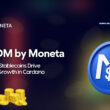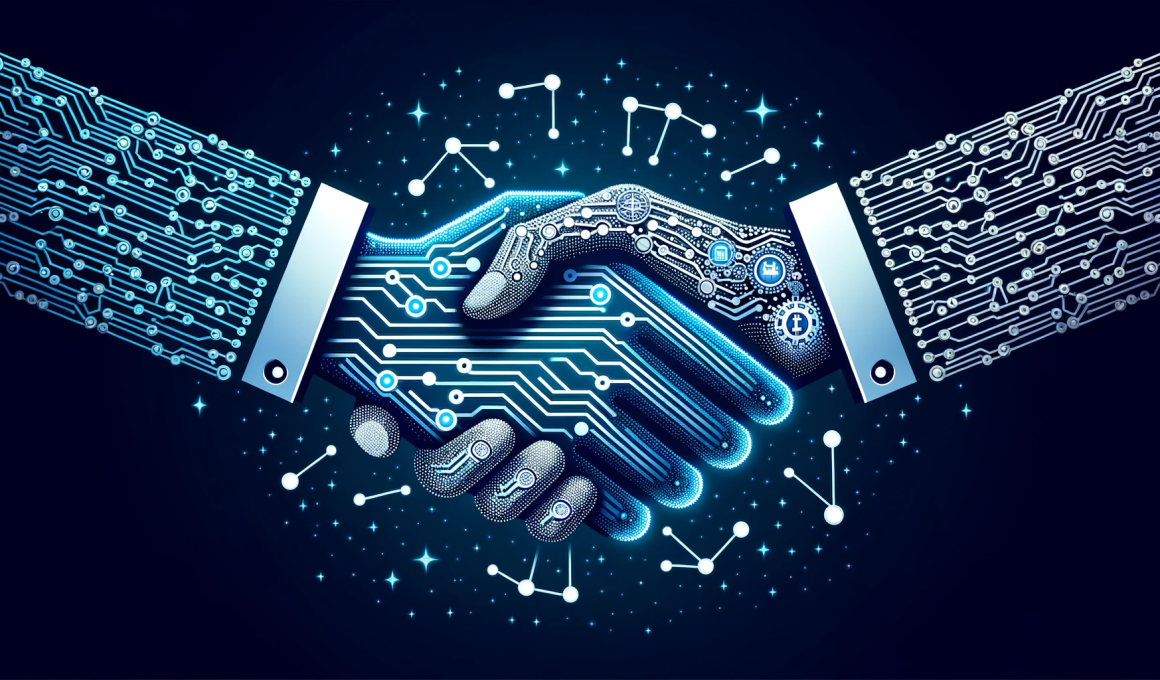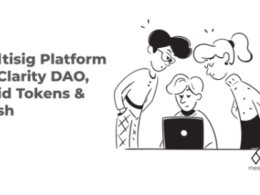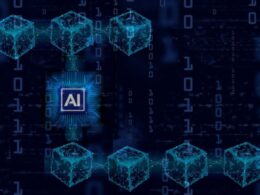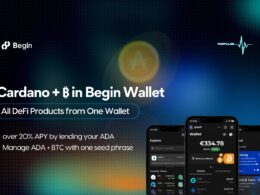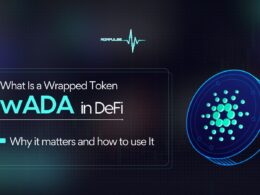Introduction: Bridging Two Worlds of Innovation
In the times of technology, think of Artificial Intelligence (AI) and Blockchain as two artists in a jazz ensemble. AI is the saxophonist, improvising and creating melodies that mimic human intuition, while Blockchain is the drummer, setting the rhythm and maintaining the integrity of the ensemble. They each have their solo performances, but when they jam together, that’s when the real magic happens. This article is an invitation to explore this collaborative symphony—how AI and Blockchain, each revolutionary in its own right, can amplify the capabilities of the other. We’ll delve into real-world examples, benefits, ethical considerations, and much more.
Part I: How Artificial Intelligence Finds Strength in Blockchain
In the first act of this technological symphony, we’ll explore how Artificial Intelligence (AI) leverages the strengths of Blockchain to elevate its capabilities. It’s like when a musician discovers a new instrument that perfectly complements their style, opening up a world of new creative possibilities. From verifying the authenticity of digital content to ensuring trustworthy data capture, let’s dive into the intricate ways AI and Blockchain harmonize to create a more secure and reliable digital world.
Deepfake Verification
What’s This About?
Deepfake technology is getting so good that it’s often hard to tell if a video is real or manipulated. That’s where Blockchain comes in. It provides a kind of digital fingerprint for authentic videos, so you can easily separate the real from the fake.

Conceptual Framework & Real-world Example
Imagine a digital world flooded with videos, some genuine and others fake. Public figures could use a blockchain-based system to log every public appearance, statement, or speech they make. For instance, a politician could log their participation in a debate on this blockchain.
Advantages, Utility & Ethical Dynamics
This could be a major win for truth and transparency, serving as a bulwark against the tide of misinformation. On the flip side, it’s a trade-off with privacy. There’s something dystopian about the idea of constant surveillance and logging of activities. So, while the tool has immense potential for good, it’s a bit like fire—it can either cook your food or burn your house down.
Trusted Hardware
What’s This About?
This is about hardware that you can trust, literally. We’re talking about cameras, microphones, and other recording devices that come with a digital stamp of authenticity, thanks to blockchain technology.
Conceptual Framework & Real-world Example
Imagine a journalist in a conflict zone. They use a camera that automatically encrypts and signs each photo or video they take. This signature is then stored on a blockchain. So, when they publish a story, anyone can verify that the images are genuine and haven’t been tampered with.
Advantages, Utility & Ethical Dynamics
This could be a game-changer for fields that depend on data integrity, such as journalism or scientific research. However, there’s a potential dark side. Who controls the technology and the standards? There’s a risk that it could become another tool for authoritarian control if not carefully managed.
Human Verification
What’s This About?
How do you know if the person you’re interacting with online is actually a person and not a sophisticated AI? Blockchain can help by providing a “proof of humanity.”
Conceptual Framework & Real-world Example
Imagine an online marketplace where users have to prove they’re human before making a transaction. The system could use a series of Turing tests to confirm humanity, and once verified, this information is stored on a blockchain.
Advantages, Utility & Ethical Dynamics
This could revolutionize online interactions, making them more secure and genuine. But it’s not without its challenges. The idea of having to prove you’re human to a machine is a little unsettling, and raises all sorts of ethical questions about identity and surveillance.
World Coin Human Verification
World Coin is trying to tackle the grand challenge of human verification in a digital world. However, their approach of using biometric data is like using a sledgehammer to crack a nut; it solves the problem but creates new ones around data privacy and consent.

Part II: How Blockchain Technologies Gain from Artificial Intelligence
Now, for the second act, let’s flip the script and examine how Blockchain can benefit from the intelligent prowess of AI. It’s akin to a seasoned athlete finding a coach who understands their potential and knows how to unlock it. From decentralized computing markets to ethical AI audits, this part explores how AI can infuse Blockchain with dynamic capabilities, enabling it to transcend its traditional boundaries.
Decentralized Compute
What’s This About?
Imagine if you could rent computational power the same way you rent a bike—just when you need it, without owning it. That’s what decentralized computing promises, and AI can help make it happen.
Conceptual Framework & Real-world Example
A small startup working on machine learning algorithms could rent computational power from a blockchain-based marketplace, avoiding the costs of setting up their own powerful computing infrastructure.
Advantages, Utility & Ethical Dynamics
This could democratize access to computational power, breaking the monopoly of tech giants. However, ensuring the security and reliability of this decentralized network is a monumental challenge. You’d need robust verification methods to ensure the computations are performed correctly and securely.
Data Marketplaces
What’s This About?
A data marketplace is like a stock market for data. You can buy, sell, and trade data, and Blockchain ensures that everything is transparent and secure.
Conceptual Framework & Real-world Example
Imagine a fitness enthusiast selling their workout and health data directly to a sports research company. They get compensated, and the company gets valuable data for their research.
Advantages, Utility & Ethical Dynamics
This could be a win-win, democratizing data and giving individuals control over their own information. However, there are ethical landmines here, like the potential for data to be misused once it’s sold.
Model Verification
What’s This About?
This is about ensuring that AI behaves as it’s supposed to, particularly when making important decisions that affect people’s lives. It’s like an audit for AI models.
Conceptual Framework & Real-world Example
Imagine a lending company that uses AI to approve or reject loan applications. They could use blockchain technology to record the decision-making criteria. If someone claims that they were unfairly denied a loan, this record could be audited.
Advantages, Utility & Ethical Dynamics
This adds a layer of transparency and accountability to AI, which is crucial as these systems increasingly affect our lives. However, defining what’s “fair” or “ethical” is a complex task that society hasn’t fully figured out yet.
Conclusion: Navigating the Complex Dance of Collaboration
We’ve seen that when AI and Blockchain collaborate, the sum is greater than the parts. They can tackle problems that neither could solve alone. However, this partnership also introduces new complexities and ethical quandaries that are as fascinating as they are challenging. As we take bold steps into this new frontier, it’s crucial that we do so with both eyes wide open, aware of both the incredible opportunities and the significant responsibilities.




